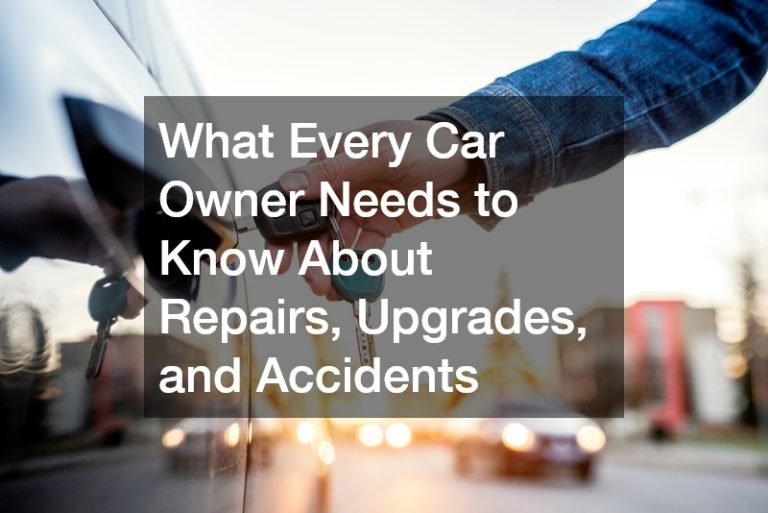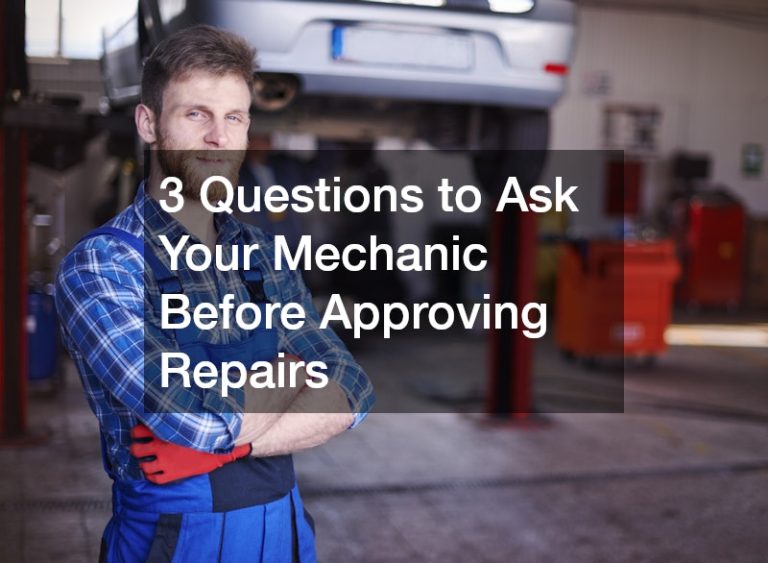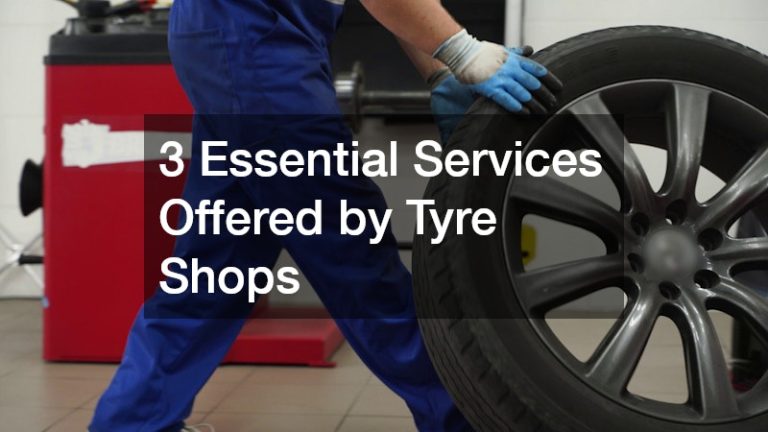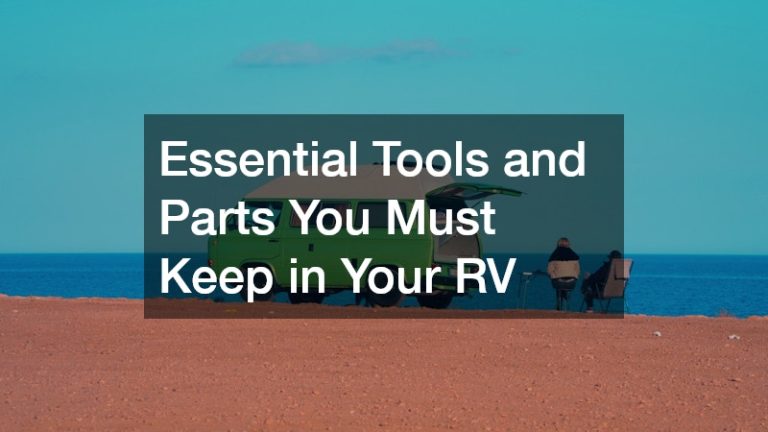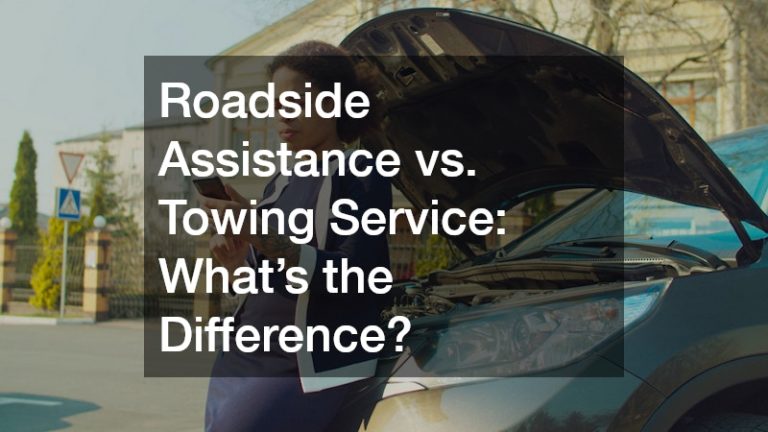Roadside Assistance vs. Towing Service What’s the Difference?
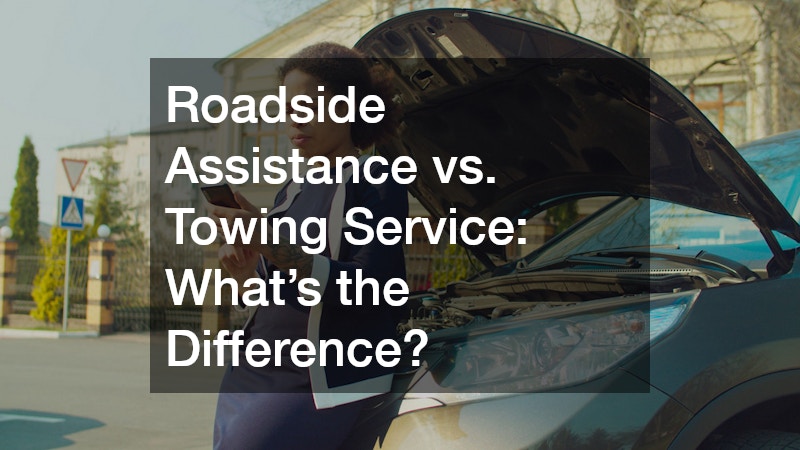
A towing service is often the first thing drivers think of when a breakdown happens on the road. Whether the problem is a flat tyre engine failure or accident damage, knowing who to call makes all the difference.
While both roadside assistance and towing services help motorists in need they are not the same. Understanding the difference between them ensures you get the right help quickly without wasting time or money.
Choosing the appropriate service depends on the nature of the issue. Some problems can be fixed on-site while others need professional equipment and transport to a workshop.
What Does Roadside Assistance Include?
Roadside assistance is designed for minor vehicle issues that can be resolved quickly without the need to move the vehicle. These services are commonly offered through motoring clubs or insurers and are usually part of a membership plan. Drivers who run out of fuel lock their keys in the car or have a flat battery often rely on this type of support.
A roadside technician arrives at the scene and attempts to fix the problem using basic tools and mobile diagnostic equipment. Common roadside assistance tasks include jump-starting a flat battery, changing a tyre or delivering emergency fuel. The aim is always to get you back on the road as soon as possible without needing a towing service.
This type of service is ideal for drivers who face small issues but do not have the tools or knowledge to fix them themselves. Roadside assistance works best when the vehicle is still drivable or the problem is not severe.
What Situations Require a Towing Service?
In contrast, a towing service is necessary when the vehicle cannot be safely driven. This includes mechanical failures, brake or steering issues, severe accident damage or a breakdown that the roadside technician cannot resolve. In these situations, a tow truck is sent to move the vehicle to a nearby workshop or location of the driver’s choice.
A towing service is also used for transporting vehicles that are unregistered, unroadworthy or damaged beyond simple repair. It is common for cars with engine seizures, broken transmissions or major electrical faults to be towed rather than risk further damage by driving.
In some cases, the roadside assistance team will assess the problem and then arrange a towing service if needed. This ensures that vehicles are handled safely and repaired by qualified mechanics in a proper facility.
Types of Tow Trucks and Services
There are different kinds of tow trucks suited for different vehicle types and conditions. Tilt tray tow trucks are widely used in Australia as they allow the entire vehicle to be loaded onto a flatbed which reduces the risk of further damage. Hook and chain tow trucks are less common but may be used for older vehicles or scrap cars. Wheel lift tow trucks are often used for tight urban areas or short-distance tows.
A quality towing service will choose the right type of truck based on the vehicle’s size, weight and condition. Some services also offer specialised towing for motorcycles, caravans or heavy machinery. Choosing a towing provider with the right equipment ensures safe and efficient transport every time.
Coverage and Costs
Roadside assistance is usually prepaid through an annual membership and may cover unlimited callouts or a set number per year. The cost depends on the level of cover and the provider. Many car insurance policies also include basic roadside support or offer it as an optional extra.
A towing service, on the other hand, is often charged per kilometre or by flat rate, depending on the provider. Some roadside assistance plans include limited towing distances with additional costs for longer hauls. Private towing without membership can be more expensive, especially over long distances or outside normal business hours.
Understanding what your plan covers before a breakdown occurs can help avoid confusion or surprise fees. It is always best to ask your provider whether towing is included and how far they will tow your vehicle without extra charges.
Response Time and Availability
Both roadside assistance and towing services aim to respond quickly, especially in metro areas. However, response time can vary based on location, traffic and demand. In regional or remote areas, delays may occur due to longer travel distances or limited local availability.
A reliable towing service operates around the clock with staff ready to handle emergencies day or night. This is particularly important for drivers who travel long distances or operate commercial vehicles. Many towing providers also offer tracking or updates so you know when help is arriving.
Choosing the Right Service When It Matters Most
When faced with a vehicle problem, deciding whether to call roadside assistance or a towing service depends on the severity and urgency of the issue. Flat tyres, dead batteries and lockouts are best handled by roadside support, while mechanical breakdowns or crash-related damage usually require towing.
Knowing the difference allows drivers to act quickly, stay safe and get their vehicle to the right place for repairs. It also ensures that support arrives with the right tools and expertise for the job.

